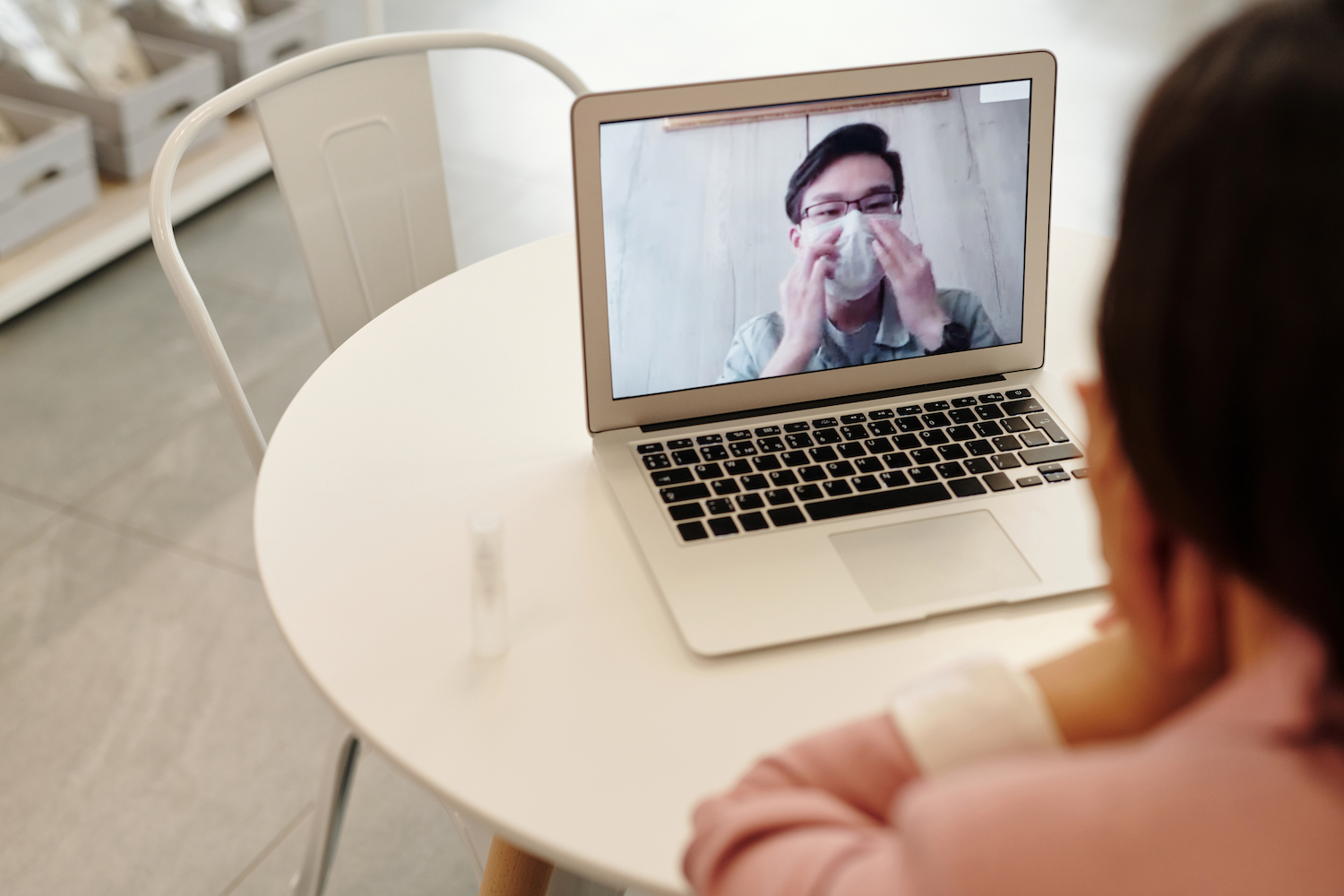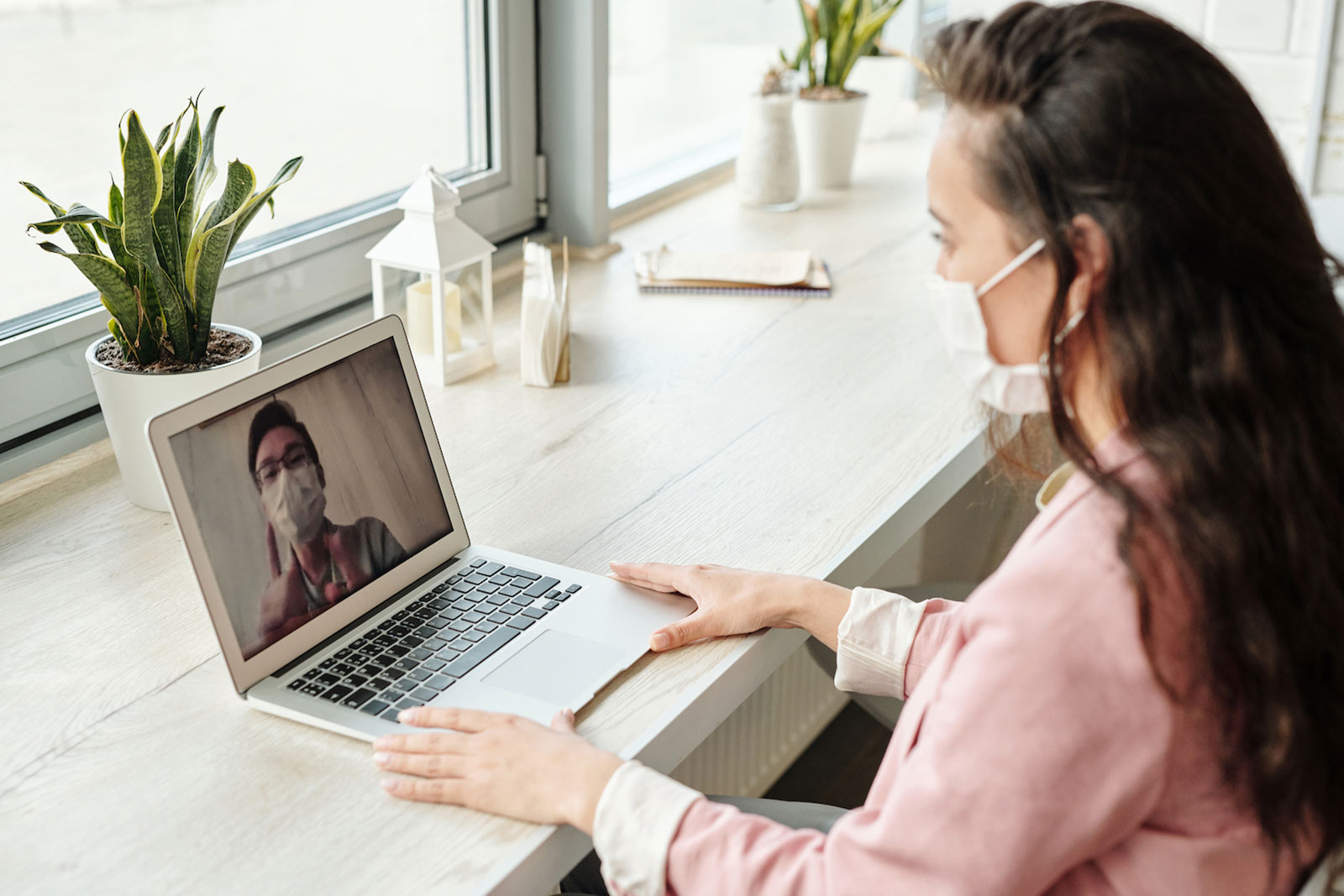As technology has evolved exponentially over the years, so have improvements in telehealth. Today, patients have access to a range of services including virtual appointments (e-visits), video-conferencing, transmission of image and video reports, home delivery lab testing, and more.
Although the terms telehealth and telemedicine are used interchangeably, telemedicine falls under the larger umbrella of telehealth. According to the agency for Health Care Research and Quality, telehealth services support overall patient care, administrative activities, and health education. Specifically, telemedicine provides personalized clinical care and support to patients.
From providing efficient post-operative care procedures to therapy sessions, telehealth opens the door for doctors, patients, and administrative staff to meet halfway, ensuring that everyone is still connected and receiving personalized treatment when necessary. To sum it up, here are the top five things you should know about telehealth:
1.
It Reduces the Risk of Patient Exposure to COVID-19
To flatten the curve of COVID-19 related hospitalizations and deaths, many health care professionals across the nation are discouraging patients from coming into hospitals or clinics except in cases of emergency. For Dr. Rachel Buchsbaum, director of the Cancer Center and chief of the Division of Hematology/Oncology at Tufts Medical Center, relying on telehealth services can help bridge this developing gap in care.
“Telehealth services allow patients and health care providers to maintain contact and communication that can be critical to managing health issues in a safe way in settings when patients can’t physically come in, or don’t want to come in, to see their providers,” Dr. Buchsbaum, said.
For millions of people in the United States, contracting the novel coronavirus is not their only health concern. Those with preexisting conditions like lung cancer are at an increased risk of contracting COVID-19 due to immunodeficiency. For patients who share the same health challenges, receiving care, and consultations from the security of home can make the difference between life and death due to exposure.
2.
It is a More Convenient Way to Receive Care
Receiving medical care from home means one less trip to the clinic or hospital. Although COVID-19 related stay-at-home orders are lifting in many states across the country, the public is still advised to exercise caution and remain at home as much as possible. Telehealth services like e-visits and video conference calls can help to replace the need to leave home.
For Laura Greco, a 45-year-old former law partner from Wilton, New York, battling her stage four lung cancer diagnosis is her priority. Greco has undergone three brain surgeries to eliminate radiation necrosis, hydrocephalus, and tumor growth between November 2019 and March 2020. She has relied on telehealth to receive care during the pandemic.
“Having faced near imminent death in November 2019, I do not really fear getting it [COVID-19],” Greco admitted. “While it might kill me, lung cancer is a much bigger threat than coronavirus. However, I am concerned, with justification, that in this time of scarce resources, I will not be given the appropriate medical care because of my terminal diagnosis.”
Thankfully, Greco has been able to take advantage of telehealth services to make virtual appointments with her doctors who are further away.
“I have had telemedicine appointments with my oncologists who are located in Boston and in Albany, and a palliative care center in Boston,” Greco said. “Honestly, telemedicine provides a much more convenient process for me, since even my ‘local’ oncologist is about an hour away. Plus, there is no risk of exposure.”

3.
It is a Relatively Inexpensive Way to Receive Treatment
Although telemedicine involves a diverse network of advanced telecommunications technology, this does not have to guarantee a strain on your wallet. Due to the COVID-19 pandemic, the Centers for Medicare and Medicaid services have amended some of their policies to provide temporary and emergency access to telehealth services under the Coronavirus Preparedness and Response Supplemental Appropriations Act.
“The U.S. has been thinking about and experimenting with telemedicine for a while,” Kristen Cox Santiago, Senior Director of Public Policy Initiatives for LUNGevity, said. “Our current situation has forced us into using it, and I think there will be lessons learned, both good and bad. It’s important for policymakers to listen to feedback from patients and caregivers during this time to better understand their experiences and what is or is not working from their perspectives.”
Under these new provisions, patients can expect to be partially or fully reimbursed for some of the telehealth services they use. Patients are encouraged to contact their insurance providers to learn more. For patients covered by Medicare and Medicaid, here is a detailed list of telehealth services payable under the Medicare Physician Fee Schedule during the COVID-19 pandemic.
4.
It is Pretty Easy to Use
Many of us are utilizing some form of telehealth service simply by using familiar gadgets like Fitbits, Apple Watches, and Samsung Galaxy Watches. Each of these easy to use devices and corresponding mobile or computer apps are a part of the telehealth industry. Telehealth does not have to be complicated. As long as you or a loved one has access to a computer, tablet, or phone, a virtual appointment is pretty easy to facilitate.
“I have used both telephone calls and Facetime to visit my patients,” says Dr. Muaiad Kittenah, an assistant professor of hematology and oncology at Loyola University Medical Center. “It is interesting, it makes me feel like I am visiting patients at their homes as they get to speak or Facetime with me from their home office, kitchen table, or living room couch. It provides me with an opportunity to get to know patients on a different personal level.”
We use video conferencing and photo sharing almost daily to keep in touch with friends and family. The same idea can apply to visits with your doctor. Although it may take a bit of adjusting, it is important to remember that everyone is figuring out the details along with you. You are not alone.

“The COVID-19 crisis in the Northeast has forced me to use telemedicine in new ways,” Greco said. “For one, my local general practitioner checked my stitches from my head surgery via telemedicine. Basically, that meant that my husband stood behind my head and described what he saw.”
For Dr. Kittenah, a basic exam was made possible during a Facetime call when his patient used his phone camera to show him a rash on his body. Beyond rashes, doctors can conduct physical and neurological exams.
“It is a great opportunity that we get to visit patients at their home through these virtual visits” says Dr. Kittenah. “Patients like it and appreciate it.”
5.
It Will Improve With Time
Although telehealth is here to stay, there is still room for improvement. Patients and doctors need the education, tools, and access to rely on telehealth regularly. For mesothelioma patients like Mavis Nye, the founder of the Mavis Nye Foundation in the United Kingdom, her challenge has been keeping in touch with her doctors and receiving care.
“I have not received any treatment during my stay at home order,” said Nye. “I have received a phone call from my Doctor and GP though. I get up each day hoping that all this madness is over, but it’s not. It goes on and on.”
For Nye, her last treatment took place over two months ago. During this time, she has been relying solely on phone calls with her doctors. Nye has not been able to take advantage of some of the face-to-face benefits of telehealth services. The goal of improving access to telehealth is to ensure that patients like Nye are still able to receive necessary care. Although telehealth will not replace the need for in-person medical appointments, it can certainly help patients who need care in between these appointments.







